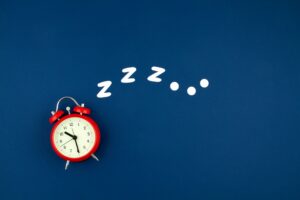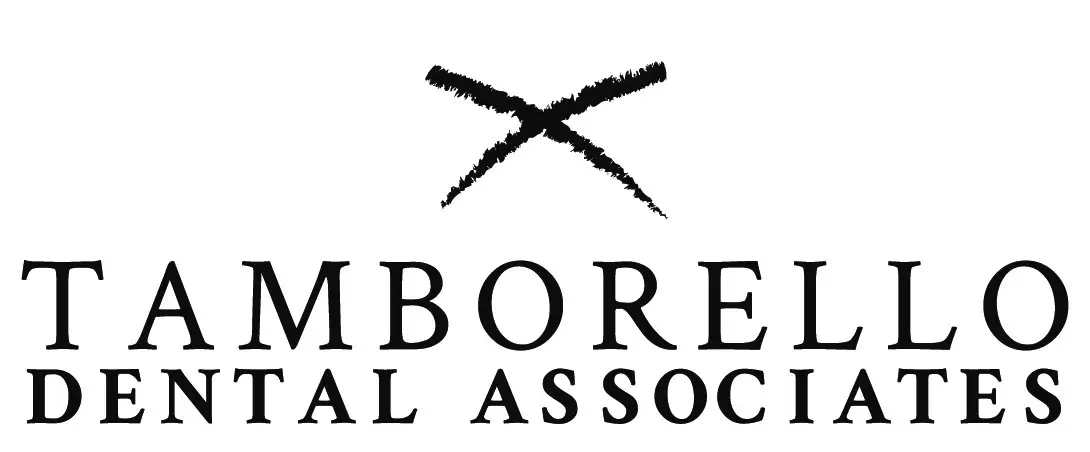In respiratory care, airway management is a fundamental aspect of ensuring patient health and safety. Oral appliance therapy has emerged as a non-invasive and effective option among the various strategies employed to maintain a clear and stable airway. This therapy is particularly significant for individuals with obstructive sleep apnea (OSA), where the airway repeatedly becomes blocked during sleep, leading to disrupted sleep patterns and decreased oxygen levels. In this article, we will explore how oral appliance therapy contributes to airway stabilization and the various benefits it offers in respiratory care.

Understanding Airway Management
Airway management encompasses a set of medical procedures and techniques for preventing and relieving airway obstructions and ensuring adequate ventilation. Proper airway management is vital for avoiding hypoxia and its complications.
The Significance of Airway Stabilization
Airway stabilization is crucial to maintaining proper respiratory function. A stable airway ensures that the exchange of gases between the lungs and the environment is unchecked, essential for life. Compromised airways can lead to respiratory distress and, if not managed promptly, may result in severe complications or even death.
Common Challenges in Airway Management
Respiratory care professionals often face challenges in managing airways, particularly in patients with anatomical anomalies, obesity, or neuromuscular disorders. Effective airway stabilization requires a comprehensive understanding of the patient's condition and the appropriate use of techniques and devices.
Oral Appliance Therapy Explained
Oral appliance therapy involves wearing a custom-fitted device, such as a mouthguard or orthodontic retainer, during sleep. The appliance is designed to maintain an open, unobstructed airway by repositioning the jaw, tongue, or both.
How Oral Appliances Work
Oral appliances either advance the lower jaw (mandibular advancement devices) or hold the tongue in place (tongue-retaining devices), thereby reducing the risk of airway collapse. They stabilize the airway and improve airflow during sleep.
Types of Oral Appliances
A range of oral appliances is available, each tailored to the patient's specific needs. They vary in design, materials, and mechanisms of action. Selecting the right appliance requires a careful assessment by a dental professional with expertise in sleep-related breathing disorders.
The Role of Dental Professionals
Dentists play a critical role in providing oral appliance therapy. They assess the patient's oral anatomy, take impressions of the teeth, and work with a dental laboratory to create a custom-fitted appliance. Follow-up appointments are necessary to ensure the device fits properly and to make adjustments as needed.
Benefits of Oral Appliance Therapy
Oral appliance therapy offers several advantages over other forms of airway management, particularly for patients with mild to moderate OSA.
Non-Invasive Alternative to CPAP
For many patients, continuous positive airway pressure (CPAP) machines are the standard treatment for OSA. However, oral appliances can be an effective and more comfortable alternative for those who cannot tolerate CPAP therapy.
Improved Compliance
Due to their ease of use and comfort, oral appliances often have higher compliance rates than CPAP machines. Patients are more likely to use them consistently, which is critical for the success of any treatment for sleep-related breathing disorders.
Portable and Convenient
Oral appliances are small, lightweight, and easy to transport, making them an excellent option for travelers. Their portability ensures that patients get out of therapy while away from home.
Minimal Maintenance
Compared to other respiratory care devices, oral appliances require minimal maintenance. They are typically kept in reasonable condition by regular cleaning with a toothbrush and mild detergent.
Implementing Oral Appliance Therapy
Several steps are involved in implementing oral appliance therapy successfully. Here is a general overview:
Diagnosis and Assessment
A thorough evaluation by a sleep specialist is necessary to determine if a patient is a good candidate for oral appliance therapy. This evaluation may include a sleep study, medical history review, and physical examination.
Customization and Fitting
Once a patient is deemed suitable for oral appliance therapy, a dentist with expertise in sleep medicine will take impressions of the teeth to create a custom-fitted device. The fit is critical for both comfort and effectiveness.
Monitoring and Follow-Up
Regular follow-up visits are essential to monitor the patient's response to the therapy, assess the appliance's fit, and make necessary adjustments. Long-term monitoring is also crucial to evaluate the continued efficacy of the treatment.
Collaboration Between Healthcare Providers
Successful oral appliance therapy often involves collaboration between sleep specialists, dentists, and primary care physicians. This multidisciplinary approach ensures comprehensive care and optimal patient outcomes.
Challenges and Considerations
While oral appliance therapy benefits many patients, it has its challenges.
Potential Side Effects
Some patients may experience side effects such as jaw discomfort, tooth movement, or changes in bite. These issues typically resolve with time or adjustments to the appliance.
Not Suitable for Everyone
Oral appliance therapy is not appropriate for all patients, particularly those with severe OSA or certain dental conditions. A thorough assessment is necessary to identify the best treatment option for each individual.
Insurance and Cost
The cost of oral appliance therapy and insurance coverage can vary. Patients should consult their insurance provider and dental professional to understand their financial responsibilities.
Conclusion
Oral appliance therapy represents a significant advancement in airway stabilization and respiratory care. Its non-invasive nature, combined with the potential for high compliance rates and ease of use, makes it an appealing option for many patients struggling with sleep-related breathing disorders. As research and technology continue to advance, oral appliance therapy will likely play an increasingly prominent role in managing OSA and other airway conditions.
By understanding the benefits and implementation process of oral appliance therapy, healthcare providers can offer an effective treatment that improves respiratory health and enhances the quality of life for their patients.
Here at Houston Sleep Associates (HSA) in Houston, TX, we are passionate about quality sleep. Our years of experience ensure that each patient receives the best care customized to their unique needs and desires!
SCHEDULE A CONSULTATION IN HOUSTON TEXAS
See what we have to offer if you've ever thought about improving your sleep. Schedule a consultation and experience the warmth, professionalism, and transformative power of sleep at HSA. Your journey to a brighter, more confident day begins with a single step. Let's take it together!
Other Related Sleep Apnea Articles:
1. How to Keep My Airway Open without a CPAP Machine? (houstonsleepassociates.com)
2. Oral Appliance Therapy to Stabilize Airway in Respiratory Care (houstonsleepassociates.com)
3. Do mouth pieces work for sleep apnea? - Houston Sleep Associates
4. Improving Quality of Rest: The Benefits of Oral Appliances (houstonsleepassociates.com)
5. Improving Sleep Apnea: The Best Sleeping Position Revealed (houstonsleepassociates.com)
6. Understanding the Science Behind Sleep Apnea Mouth Guards (houstonsleepassociates.com)

